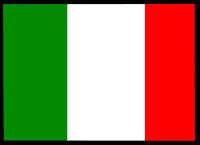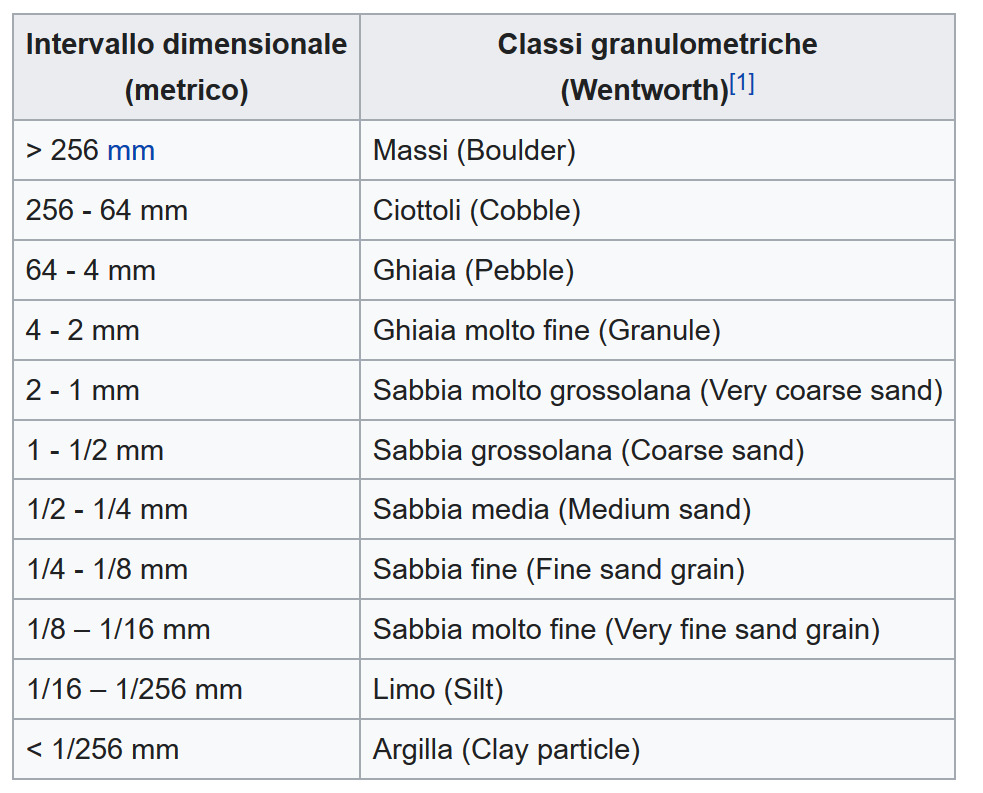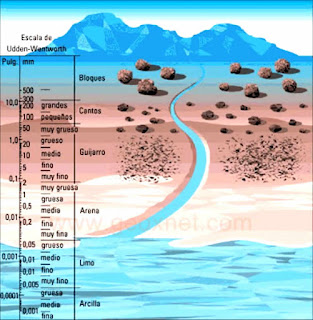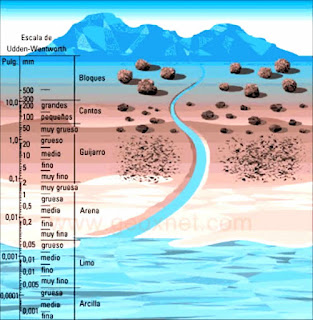Spiaggia di Positano

Questa EarthCache si basa sulla scala di Wentworth, sviluppata da Chester Keeler Wentworth , e di cui si riporta sotto la biografia.
La EarthCache utilizza le informazioni sulla Scala di Wentworth fornite dal geologo e Earthcacher portoghese Daniel Oliveira, che ringraziamo per la preparazione dei testi necessari per questo listing: per quanto riguarda la parte scientifica è tutto merito suo.
Chester Keeler Wentworth è nato a Aspen, in Colorado, in data 7 maggio 1891, è stato uno dei cinque figli di Frank Louis Wentworth e Anna Maria Keeler Wentworth.
Si è laureato in geologia all'Università di Chicago nel giugno 1918.
Chester completò il suo Master nel 1921 e il suo dottorato nel 1923, entrambi all'Università di Iowa.
Fu durante il tempo trascorso da studente in Iowa che le sue grandi abilità portarono Chester alla scoperta e allo sviluppo per il quale è principalmente conosciuto, una scala che classifica le rocce sedimentarie clastiche, e che ha preso il nome di Scala Wentworth.
Chester K. Wentworth fu anche membro della Geological Society of America dal 1923, e morì a Hilo, Hawaii, il 6 gennaio 1969, dopo aver sofferto per anni per una lunga malattia.
La scala originale per la classificazione delle rocce sedimentarie clastiche fu proposta nel 1898 dal sedimentologo americano J.A. Udden; nel 1922 la scala fu adattata da C. K. Wentworth che la ha estesa, e che rimane anche oggi come riferimento della classificazione granulometrica dei sedimenti clastici.


La scala granulometrica, in sedimentologia, è la divisione in gruppi di dimensioni delle particelle.
La scala definisce un modo per standardizzare la classificazione e fornire una base per l'analisi statistica;
la scala inizia le particelle più fini tipo l’argilla, seguite da limo, sabbia, ghiaia, ghiaia, massi e blocchi.
I limiti di dimensione possono variare per ogni grado.
Per reclamare un “found” di questa EarthCache bisogna recarsi alle coordinate fornite e raccogliere i dati necessari per rispondere alle seguenti quattro (4) domande:
1. Quanti tipi di sedimenti si trovano?
2. Ordina i sedimenti secondo la scala Wentworth.
3. Esamina con attenzione tutti i sedimenti e rispondi se i sedimenti sono monominerali (composti da un solo tipo di materiale) o multiminerali (composti da più di un tipo di materiale).
4. Che colore è la sabbia?
Se pensi di avere le risposte corrette, registra il tuo “found”, e invia le risposte via email.
Se non ti rispondo, è perché le risposte sono corrette..
POSITANO BEACH

Based on the Wentworth Scale, whose biography below we transcribe.
This Earthcache is based on the collection of Earthcaches with the same name of Wentworth, made by the geologist and Portuguese Earthcacher Daniel Oliveira, to whom we thank the elaboration of the texts, which served entirely for this cache, and that in scientific terms the investigation and the elaboration is all its merit.
Chester Keeler Wentworth was born in Aspen, Colorado, on May 7, 1891, one of five children of Frank Louis Wentworth and Anna Maria Keeler Wentworth.
Chester graduated from the University of Chicago with an A.B. degree in geology in June 1918.
Chester took his M.S. degree in 1921, and his Ph.D. in 1923, both at the University of Iowa.
It was during his time as a student at Iowa that Chester’s unusual combination of aptitudes led to the achievement for which he is most widely known — the Wentworth scale for the classification of clastic sedimentary rocks.
Chester K. Wentworth, Fellow of The Geological Society of America since 1923, died in Hilo, Hawaii, on January 6, 1969, after several years of illness.


The original scale was devised in 1898 by the American sedimentary petrologist J.A. Udden was adapted (1922) by C.K. Wentworth, who expanded the definitions of the various grades to conform with actual usage by researchers; most sedimentologists have adopted the Udden scale with the Wentworth modifications.
Grain size
Grain size scale, in sedimentology, division of a continuous range of particle sizes into a series of discrete groups. Several such scales have been devised for the purpose of standardizing terms and providing a basis for statistical analysis. On most scales, the finest particles are designated clay, followed by silt, sand, granules, gravel, pebbles, cobbles, and boulders. The size limits for each grade vary from scale to scale.
In order to claim a find in this EarthCache you have to get yourself to the coordinates supplied. There, answer the following four (4) questions:
1. How many types of sediment do you find?
2.Using the Wentworth scale provided in the listing sorts the sediments.
3. Examine each of the sediments very carefully and check whether the sediments are monominerals (composed of only one type of material) or multiminerals (composed of more than one type of material).
4. What color is the sand?
If you feel you have all the answers correct, please log your found but also send me the answers via e-mail so I can check them. If I don’t answer you it is because they are correct and you have another found.